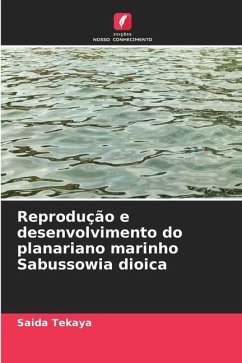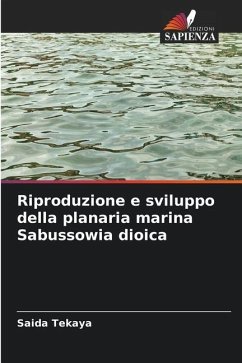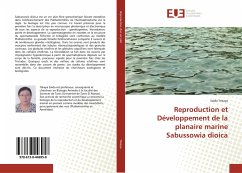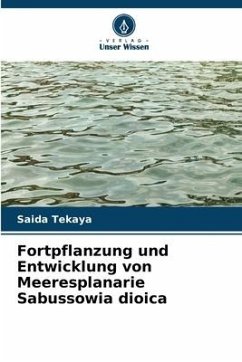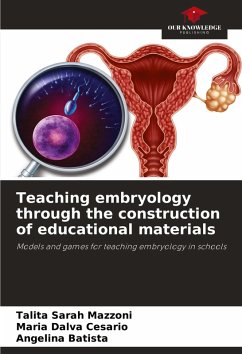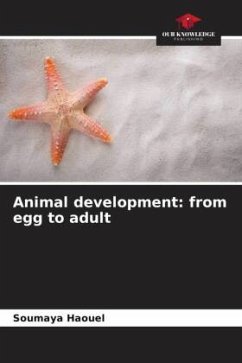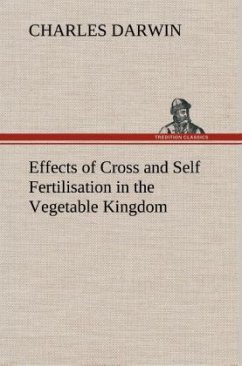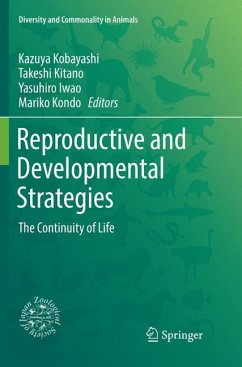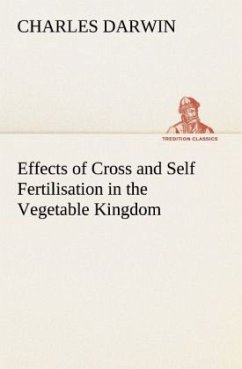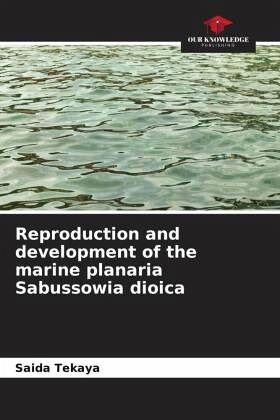
Reproduction and development of the marine planaria Sabussowia dioica
Versandkostenfrei!
Versandfertig in 6-10 Tagen
57,99 €
inkl. MwSt.

PAYBACK Punkte
29 °P sammeln!
Sabussowia dioica is a gonochoric free-living flatworm that is an exception in the Plathelminthes phylum, where hermaphroditism is the rule. Very little is known about its biology. This work presents, for the first time, a description using light and electron microscopy of all aspects of its reproduction: gametogenesis, fertilisation, oviposition and development. Spermatogenesis in rosettes and the structure of the filiform and biflagellate spermatozoon are consistent with the Plathelminthe model. The heterocellular female gonad has 2 ovaries and numerous vitellogenic glands. Oocytes containin...
Sabussowia dioica is a gonochoric free-living flatworm that is an exception in the Plathelminthes phylum, where hermaphroditism is the rule. Very little is known about its biology. This work presents, for the first time, a description using light and electron microscopy of all aspects of its reproduction: gametogenesis, fertilisation, oviposition and development. Spermatogenesis in rosettes and the structure of the filiform and biflagellate spermatozoon are consistent with the Plathelminthe model. The heterocellular female gonad has 2 ovaries and numerous vitellogenic glands. Oocytes containing ribonucleoprotein lobules and cortical granules are produced in the ovaries. Yolk globules and shell globules are produced in the yolk cells. Fertilisation occurs in the ovaries by hypodermic impregnation from spermatophores deposited on the female's body, a process first reported in Triclades. A few eggs and thousands of yolk cells are collected in oviposition cocoons. The stages of development are described. This document will be of interest to zoologists and biologists.



